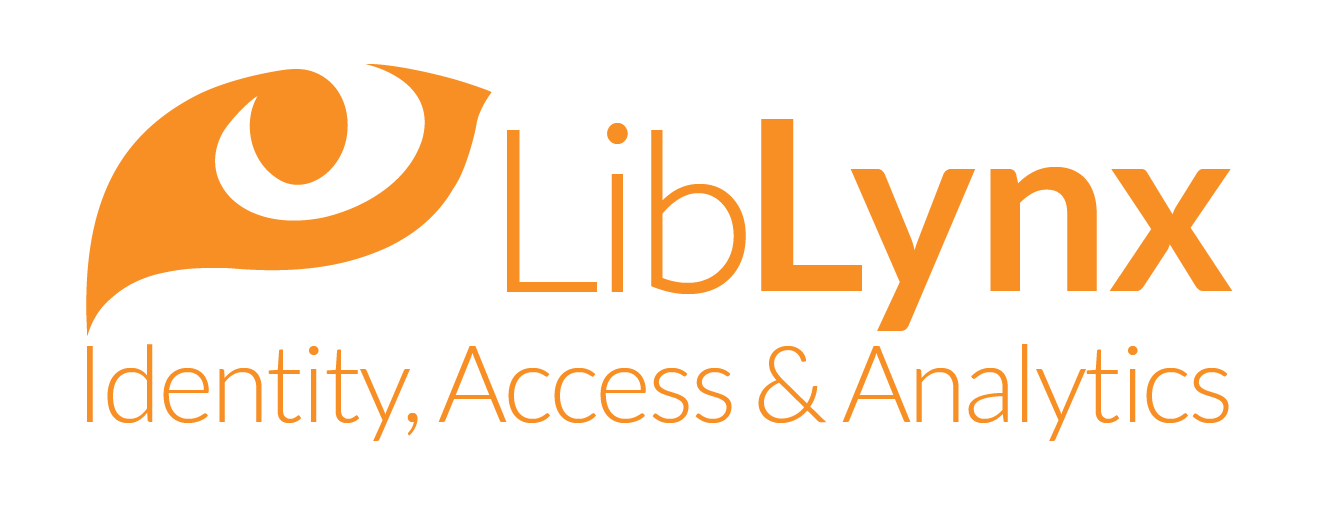Most SSO implementations barely scratch the surface …
Did you know that Single Sign-On (SSO) offers valuable personalization opportunities beyond simply recognizing a returning user?
Many of you will be familiar with SSO as an authentication solution – you probably use it several times a day to access a variety of online resources (think LinkedIn, Google, Facebook, Twitter etc.).
Publishers and other service providers use SSO to give users a seamless access experience to their products. It avoids the access friction involved in registering (and remembering!) yet one more set of credentials, and opens a door to personalizing the user experience.
However, most publishers simply track the user identity (either a real or pseudonymous one) and go no further. Which is a bit like using a sports car to visit the local corner shop …
Personalize with Custom User Attributes
If you look under the hood of SSO, it can be used to gather a wide range of custom ‘attributes’ for a user in addition to basic information about their identity.
For example, we recently helped Digital Science to enable a number of exciting new product configuration options by enabling SSO support for custom attributes.
Here are 4 great ways that you can use SSO attributes to deliver valuable personalization to your customers:
1. Content Filters
You’re probably used to personalized content in your personal life, but a lot of organizational services still present essentially the same set of content to every user. Passing an attribute that can be related to a user’s area of interest (such as a department) allows you to present the most relevant content front and center.
2. Feature Restrictions
Customers may want to limit access to features that aren’t appropriate for all users. For example, the ability to purchase pay content as part of a discovery experience or configuration options related to the user experience. Passing a role attribute allows your application to decide when it’s appropriate to enable a particular feature.
3. Custom Usage Reporting
Libraries and other knowledge managers commonly want to analyse usage based on custom breakdowns based on their particular organizational structure. Passing a reporting attribute allows you to mirror their breakdowns in your usage reports.
4. Cost Centres for Billing
Large organizations often pay centrally for online services that are used by a variety of separate departments or entities, but deciding who pays what can be tedious and time-consuming. Passing a cost center attribute allows you to generate a summary analysis apportioning costs based on usage.
Want to learn more?
Please contact us for a free consultation about your situation or to learn more.
Image Credit
Image adapted from personalized mugs with hot cocoa recipes in them as well as mitten plates by Personal Creations (used and adapted under cc-by-2.0 license)


